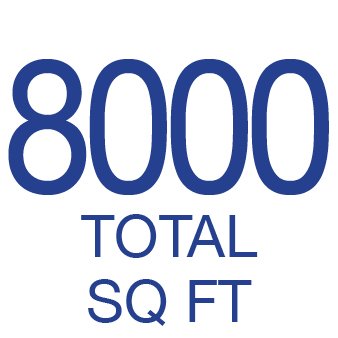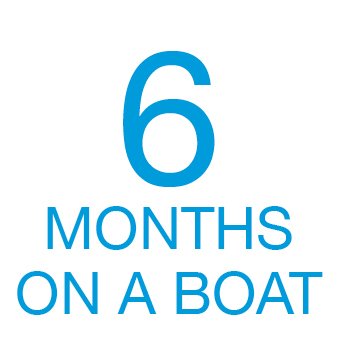Studio.News. 09.22: Always Looking for the Crossroads
as observed and written by Jesse Janzen, Studio Associate
The lobby of the Natural Resources Agency feels like an outdoor experience. It’s a beautifully designed room.
The blue upper walkway and staircase are a winding river. The repurposed wood wall, a dense forest. The opposing stone wall, a sheer cliff face. The topographical 3D ceiling art is a scaled-down model of Mt. Shasta, curling in ribbons around a floating light. It’s gorgeous.
But where the hell do you decide to finally plant the tripod and pull the trigger?
The room is vast. The elements, numerous and forever tall.
The project was supposed to be shot six months ago, but due to Covid, the two-story marble-engraved mural was stuck on a boat.
Thankfully the mural is up, but now the January sun lights the building on the opposite side than it did back in July.
Today’s project is that building: Keck Center for Science and Engineering, where I’m painfully aware that every piece of equipment is worth more than my life.
Lawrence cracks his knuckles and wipes his brow. This is an important building to get right.
To Lawrence, the perfect photo doesn’t just capture this space, it paves the way for other universities to see the value, and pure necessity, of labs like this.
Chapman’s decision has paid off big. But can these pictures prove it? They have to be so good they shake the nerves out of administrative pocketbooks and prove the juice is worth the squeeze.
Problem Solved.
The angle Lawrence finds is stunning. And the final image captures every element beautifully.
I ask Lawrence how he approached finding the angle he did. He says, “That’s where the most energy comes together as a crossroads. It’s the major central circulation point. All the people merge from three different flows of traffic.”
When I look at the picture, I see what he’s talking about; how the image highlights practical design while looking like a piece of standalone art. A blended motif of function and form.
I tell him yeah, okay, that makes sense, but how do you know when it’s perfect? His quick response surprises me, “I was once told the best art is the art you can’t fully remember.”
The excitement in his voice is childlike (as anyone who talks photography with Lawrence knows well). He says, “I used to go to museums a lot to study the art, and there was a piece that always stuck with me. It was a painting of Noah’s Ark. There was so much going on in the painting I could never remember everything about it and had to keep going back to look at it again and again, and I’d always find new things.
One of the playful things about the painting is the animals aren’t painted walking together, you have to look for each of the pair, and I always thought that was a great creative touch. I’m always looking for more. I’m always asking myself, ‘How can I make this more like that painting by adding more of everything and yet not going too far?’” I really loved that answer.
He’s looking for the angle that will send people back to the image again and again.






